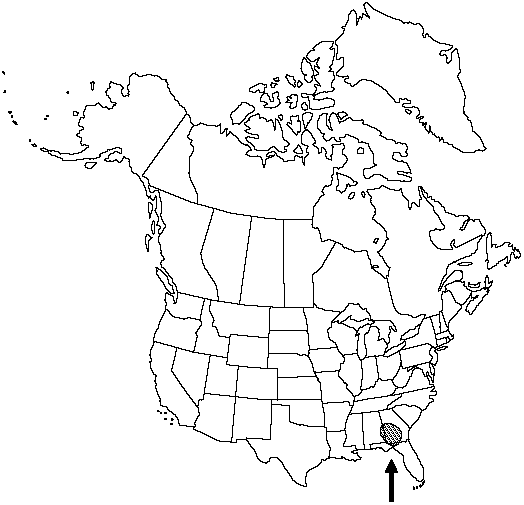Deparia petersenii
Bot. Mag. (Tokyo) 90: 37. 1977.
Stems creeping. Petiole dark-brown or blackish at base, straw-colored distally, 10–30 cm, not swollen, teeth absent; scales pale-brown, linear-lanceolate. Blade ovatelanceolate, deeply pinnate-pinnatifid, 15–40 × 6–28 cm, moderately or slightly narrowed to base, broadest above base, abruptly narrowed to acuminate, pinnatifid apex. Pinnae oblong to linear-lanceolate, base ± truncate or broadly cuneate, apex acuminate to caudate; segments oblong, margins ± entire to serrate, apex obtuse or ± acute. Costae and veins with multicellular hairs. Veins pinnate, lateral-veins usually simple, or sometimes forked in larger leaves. Sori elongate, straight or rarely hooked; indusia membraneous, margins laciniate.
Habitat: Moist ravines, lowlands
Elevation: 0–100 m
Distribution

Introduced; Ala., Fla., Ga., Asia, Pacific Islands, Australia
Discussion
Deparia petersenii belongs to sect. Athyriopsis. It is an edible fern native to southeastern Asia, and it persists or escapes from cultivation in southeastern North America (C. V. Morton and R. K. Godfrey 1958) but does not seem to be truly naturalized (O. Lakela and R. W. Long 1976).
Specimens of D. petersenii from North America are often misidentified as the Asian species, Deparia japonica (Thunberg) M. Kato [Diplazium japonicum (Thunberg) Beddome].
Selected References
None.
Lower Taxa
"/3lengthofblade" is not declared as a valid unit of measurement for this property.